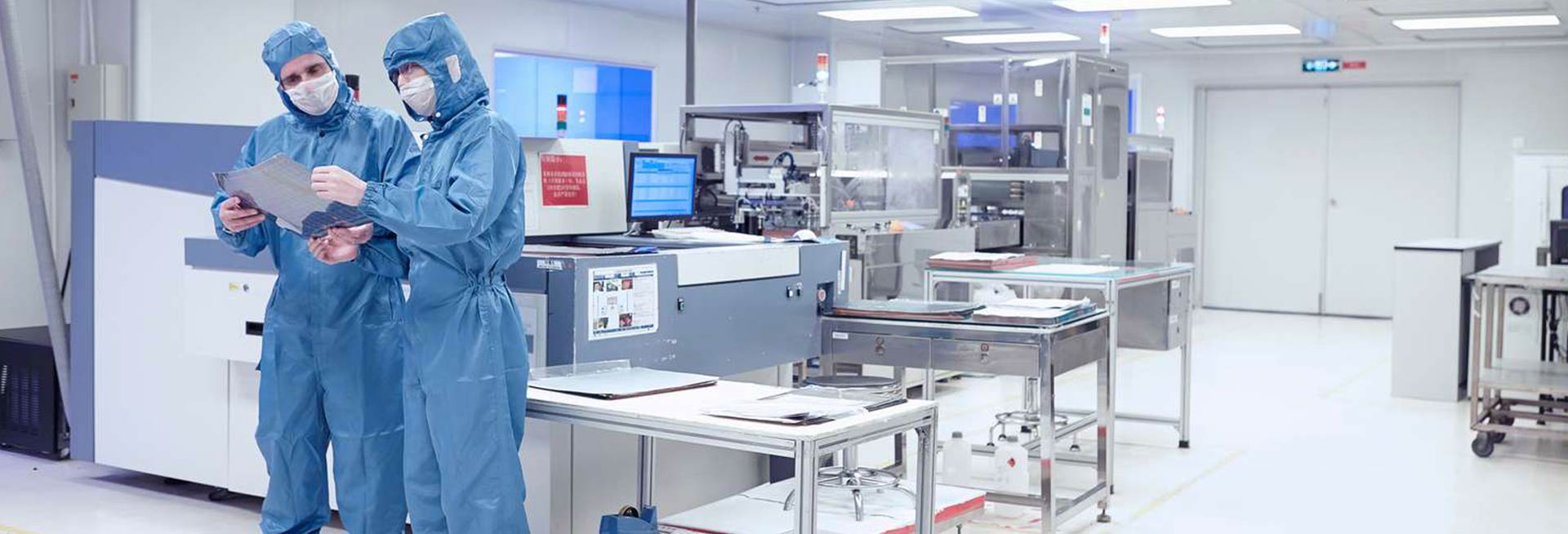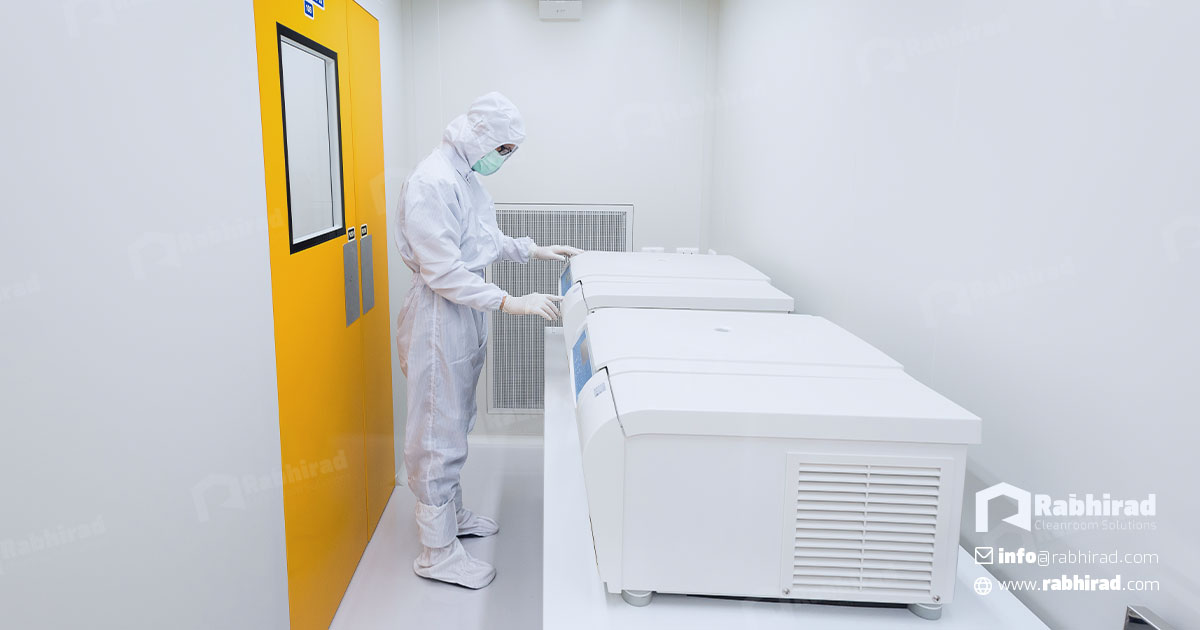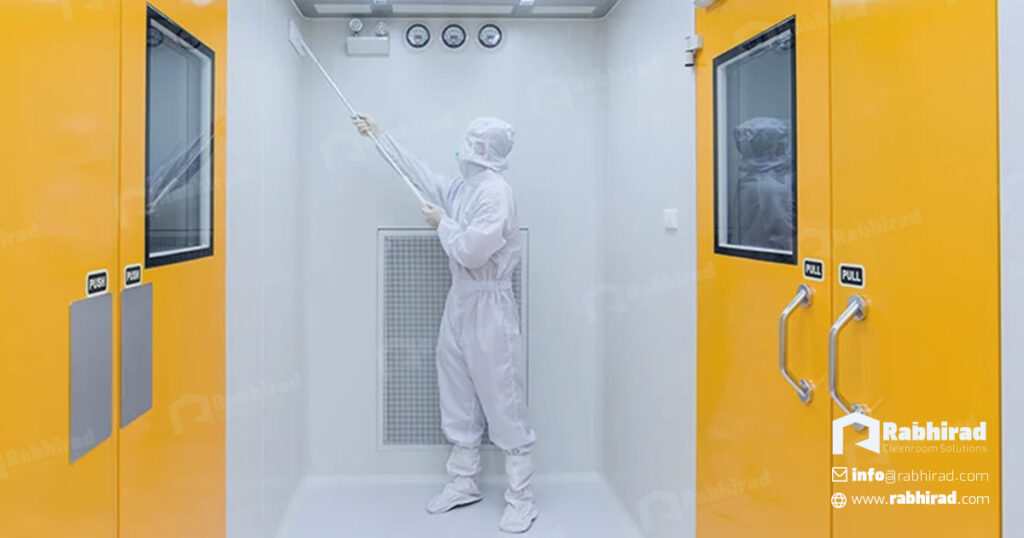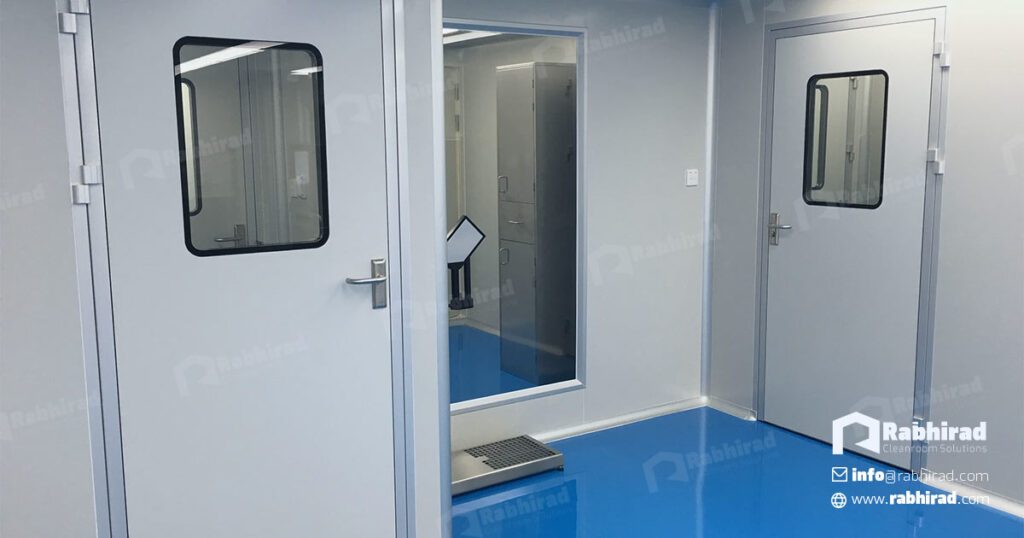
Modern cleanrooms are meticulously engineered environments, integrating cutting-edge technology and modular design to ensure precise quality. Modular cleanrooms are designed with compliance and validation in mind. Using modular system helps cost efficiency and flexibility in project.
Read More
© 2023 RabHirad. All Rights Reserved.











